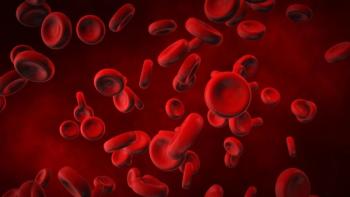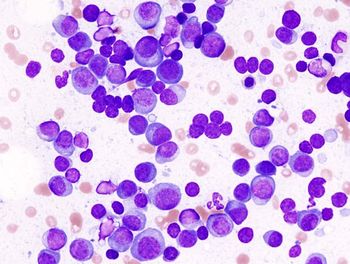
- Oncology Vol 28 No 4_Suppl_1
- Volume 28
- Issue 4_Suppl_1
(S022) Influence of Preoperative Radiation Field on Postoperative Leak Rates in Esophageal Cancer Patients After Trimodality Therapy
Neoadjuvant chemoradiation is a standard treatment of locally advanced esophageal cancer. Preventive strategies to minimize postoperative morbidity will be important to help improve the clinical outcomes of patients. We investigated the factors associated with an increased incidence of anastomotic leaks among patients treated with neoadjuvant chemoradiation.
Steven H. Lin, MD, PhD, Aditya Juloori, MD, Susan L. Tucker, PhD, Ritsuko Komaki, MD, Zhongxing Liao, MD, Arlene M. Correa, PhD, Stephen G. Swisher, MD, Wayne L. Hofstetter, MD; UT MD Anderson Cancer Center
Purpose: Neoadjuvant chemoradiation is a standard treatment of locally advanced esophageal cancer. Preventive strategies to minimize postoperative morbidity will be important to help improve the clinical outcomes of patients. We investigated the factors associated with an increased incidence of anastomotic leaks among patients treated with neoadjuvant chemoradiation.
Materials and Methods: Clinical data were collected from 285 patients treated with neoadjuvant chemoradiation followed by esophagectomy. Dose-volume histograms were analyzed for effect of mean stomach dose on anastomotic leak rates. Postoperative CT scans were examined to determine if the surgical anastomosis was placed in or outside of the preoperative radiation fields. Logistic regression was used to evaluate the factors associated with any or clinically relevant (CR) (≥ grade 2) leaks.
Results: Overall anastomotic leak rate was 11% (31/285), and CR leak rate was 6% (17/285). Using stepwise forward and backward multivariate analysis, body mass index (BMI) (odds ratio [OR] = 1.09, 95% confidence interval [CI], 1.00–1.17; OR = 1.11, 95% CI, 1.01–1.22), three-field surgery (OR = 10.01, 95% CI, 3.83–26.21; OR 4.83, 95% CI, 1.39–16.71), and within-radiation field (“in-field”) anastomosis (OR = 5.37, 95% CI, 2.21–13.04; OR = 8.63, 95% CI, 2.90–25.65) were independent predictors of both all-grade and CR leaks, respectively. While patients with distal esophageal tumors and Ivor-Lewis surgery had the lowest incidence of all-grade (6.5%) and CR leaks (4.2%), most of the leaks could be accounted for by having the anastomosis constructed within the field of radiation (in-field: 39% and 30% versus out-of-field: 2.6% and 1.0%, respectively, for total and CR leaks; P < .0001, Fisher’s exact test).
Conclusions: Esophagogastric anastomosis placed within the preoperative radiation field was a very strong predictor for anastomotic leaks in esophageal cancer patients treated with trimodality therapy, among other factors. These results have important implications in the preoperative evaluation for the proper anastomotic placement after chemoradiation therapy.
Proceedings of the 96th Annual Meeting of the American Radium Society -
Articles in this issue
Newsletter
Stay up to date on recent advances in the multidisciplinary approach to cancer.

















































































